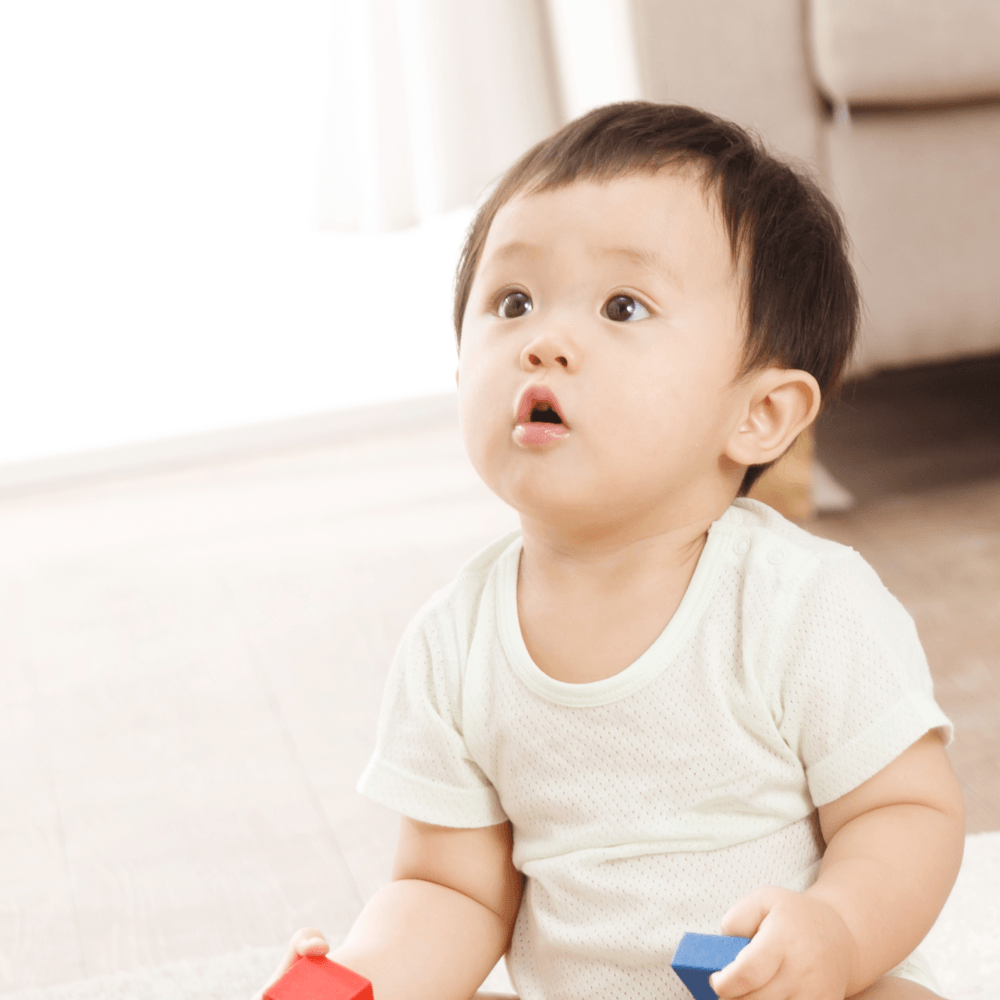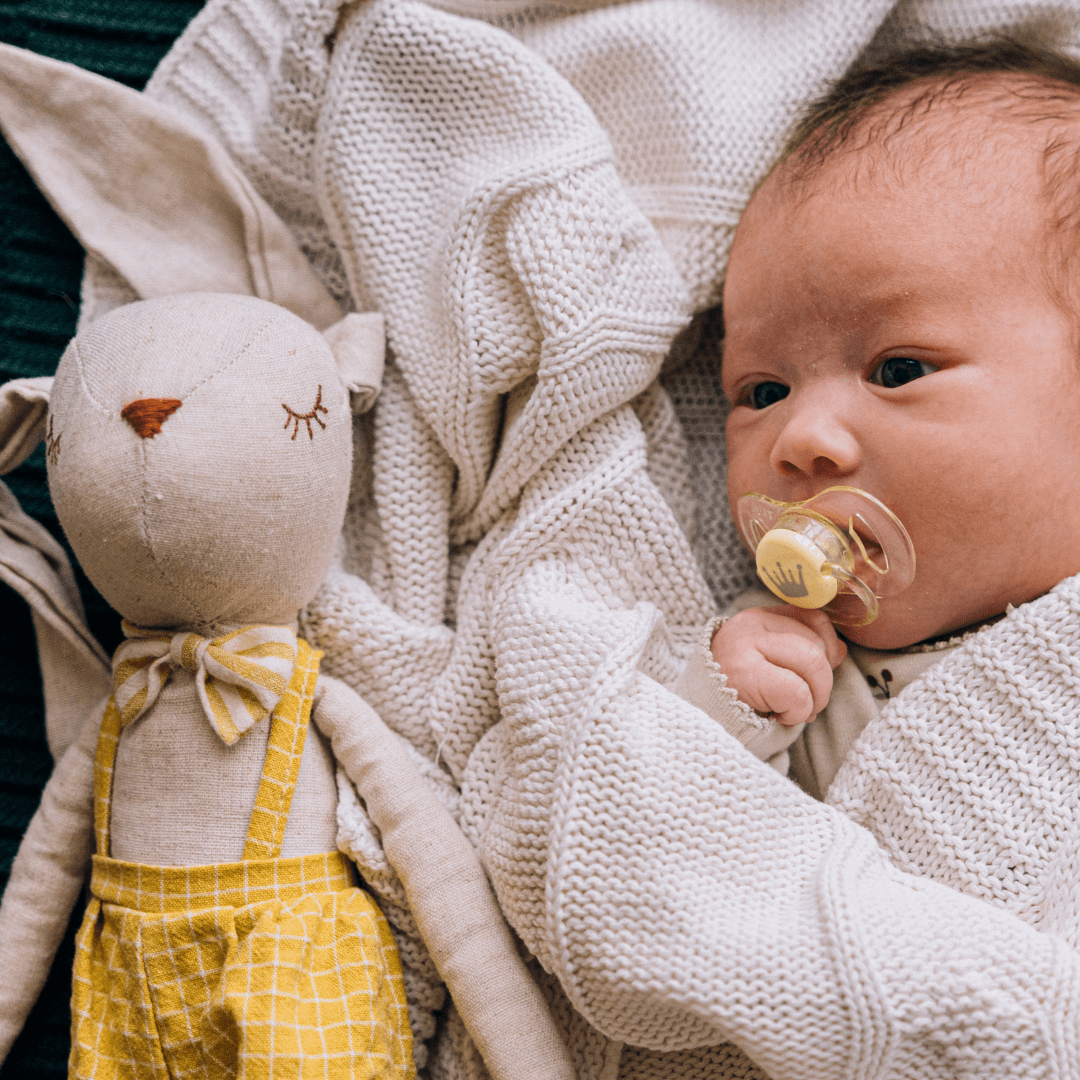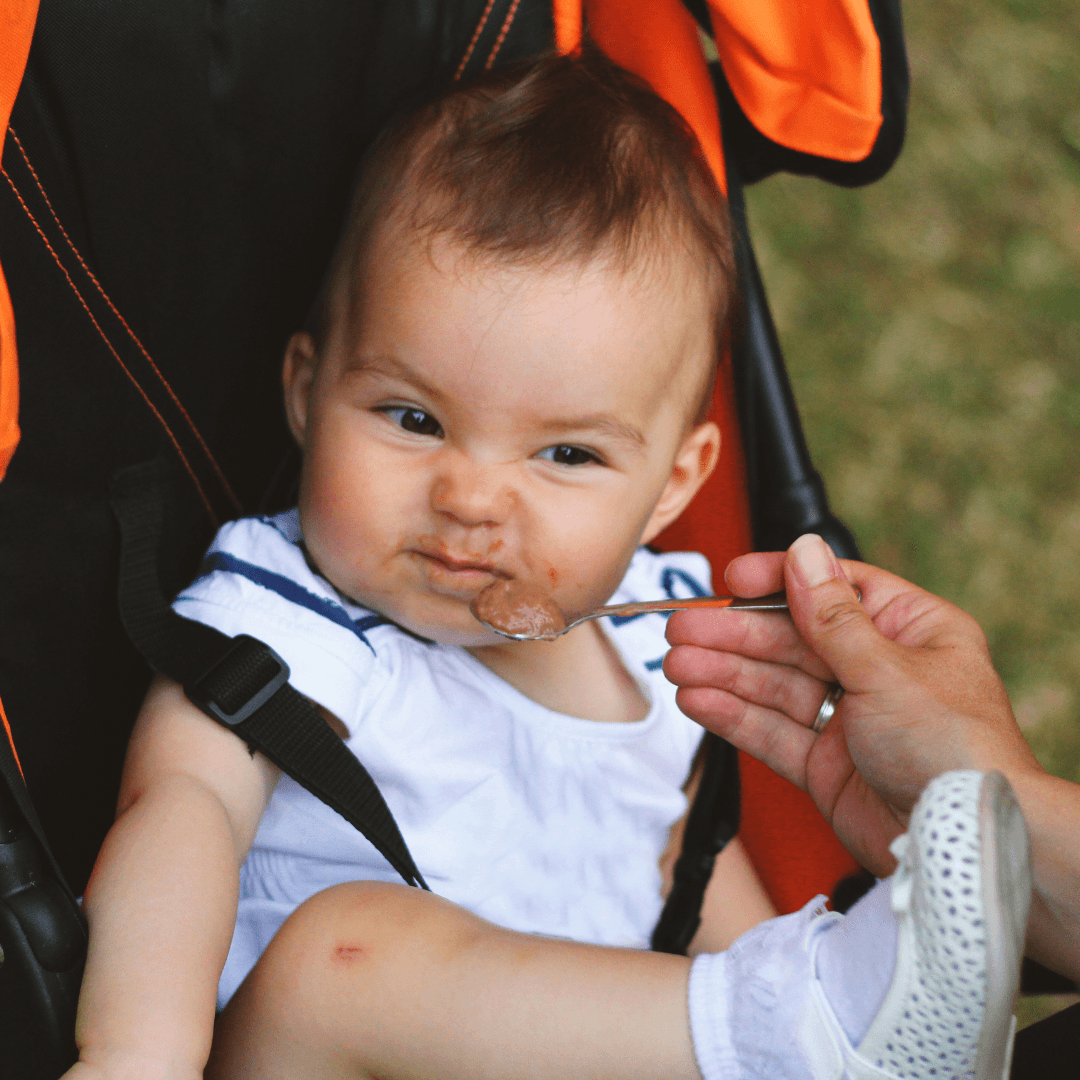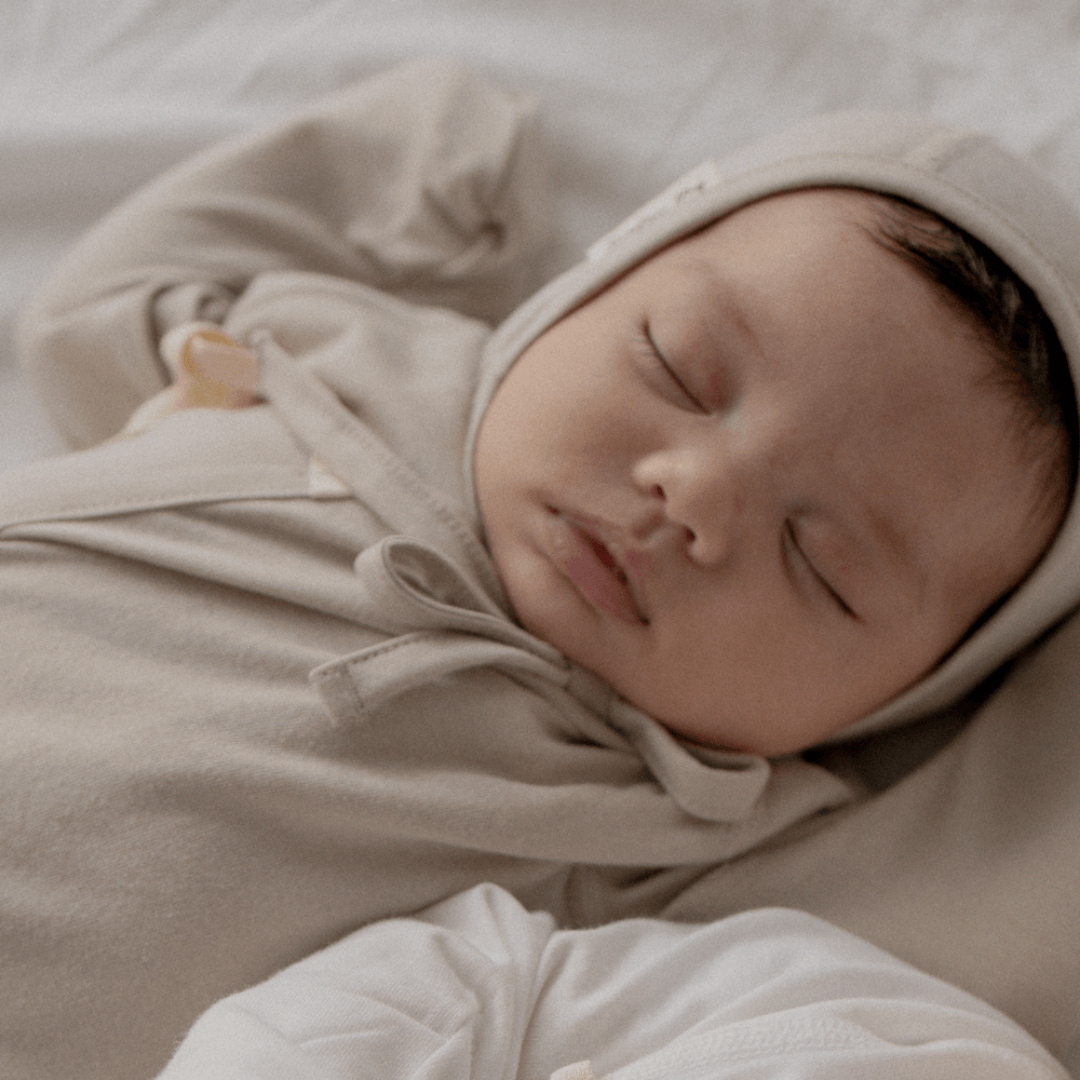
A babble is the sound your baby makes before saying a specific word or sentence. Baby babbling cannot be translated as words with a specific meaning; it is a kind of vocal play. Babies practice and play babbling, develop their speech organs, and gradually begin to sound like adults. At first, babies can only pronounce vowels at the 'ah' level, but as they grow older, they develop a variety of consonant sounds. Today we are going to look at the stages of babbling development, along with ways to make baby babble active.
1. Vocal Stage (0 to 1 month): Production of vowel sounds such as 'ah' little by little.
This stage is characterised by sounds with normal vocalisation but incomplete resonance. These have syllable characteristics, but they also sound like a meaningless nasal sound. At this age, the sounds that children make are almost reflex and instinctive. Think of crying, hiccups, coughing, and noises of irritation.
2. Cooing Stage (2/3 months)
This is the stage where the initial baby babbling begins. Vowel sounds are a little clearer, with sounds like 'gu' and 'ku', and hoarse sounds similar to vowel ‘u.’ We use the expression 'cooing' because it sounds like a pigeon's cry. This is also not the time for verbal communication, but children are interested in the babbling sounds they make and often do.
3. Expansion Stage (4 to 6 months)
This is the stage in which the control ability of the larynx and oral articulatory organs is greatly improved. Babies can also make sounds with specific intentions. Several types of vocalisations occur, which vary in sound, including growling, screaming, and tongue rolling. Your baby will start adjusting the loudness and lowness of the sound, and the vowel sounds then become clearer.
4. Repetitive Baby Babbling Stage (6-8 months)
Repeated syllables like 'bababa' or 'mamama' appear. This is the 'baby babbling stage' that we often think of. The same consonants are repeated, and the syllables and intonations gradually become more similar to those of adults.
5. Syllable Pronunciation Stage (9 to 12 months)
Your baby will speak more babbling phrases than before, and sometimes they might sound like an unknown word. This is considered the beginning of the 'real talk'. It is known that infants speak their first words at around 12 months of age.
How to Make Babies Babble Lively
1. Please respond with interest.
If people around you respond with interest to your baby's babbling, your baby's babbling activity will become more active. Even if your baby is babbling sounds that don't mean anything, answer their babble. The child then hears your words and responds with babble. By implementing this ping-pong method, your child develops babbling into specific word and sentence levels.
2. Let your baby hear a lot.
Reading to your baby is fine but let them hear you actually communicating with other people. It naturally exposes the way you get along with other family members and the way you talk with your spouse. Through this, the child acquires a variety of vocabulary and tries to imitate the tone of the adult.
3. Listen to nursery rhymes with rhyme and rhythm.
Please listen to nursery rhymes with rhyme and rhythm. Rather than complicated songs, babies like songs that repeat easy words like 'Twinkle Twinkle Little Star'.
---------------------------------------------------
Author: Jisoo Lee
- Kindergarten teacher from the Department of Early Childhood Education.
- Based on early childhood education theory and practical experience,
she introduces ways to get along with children.










